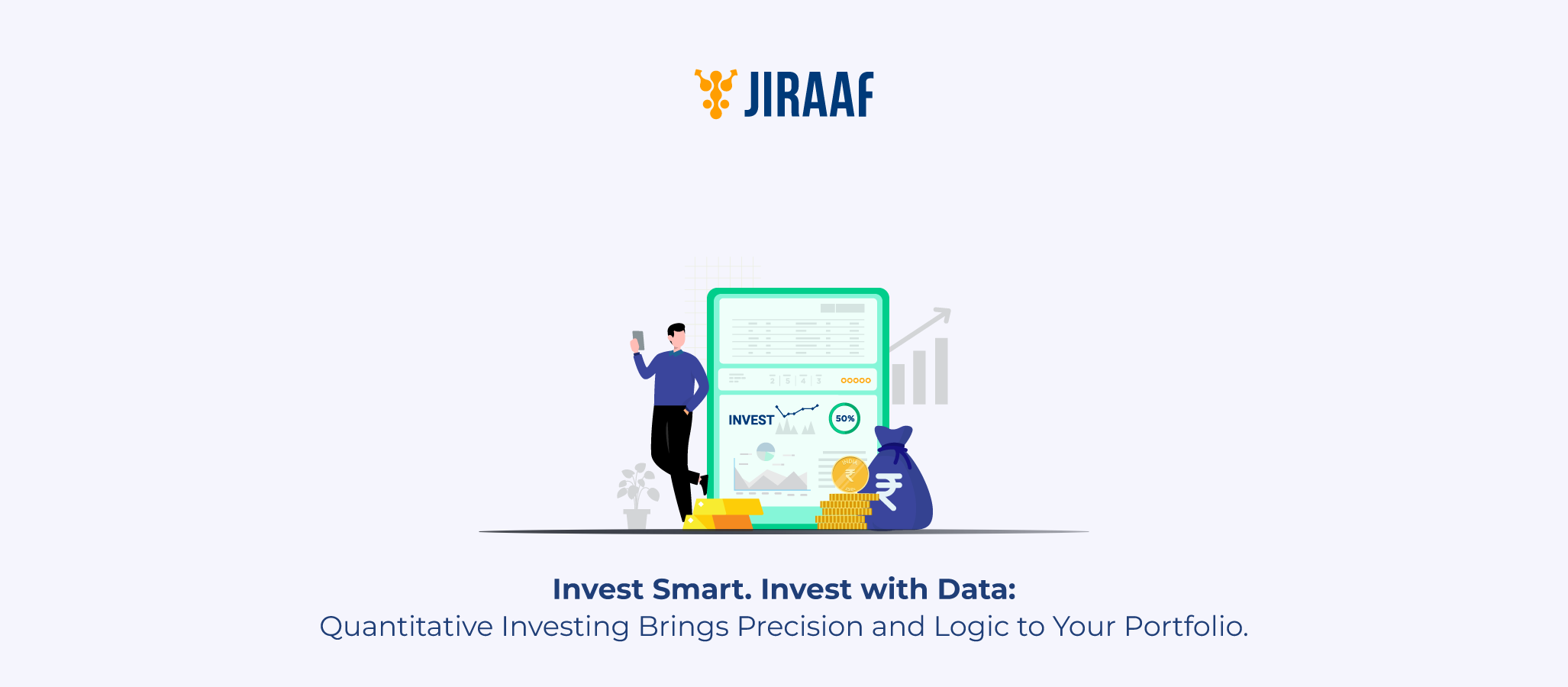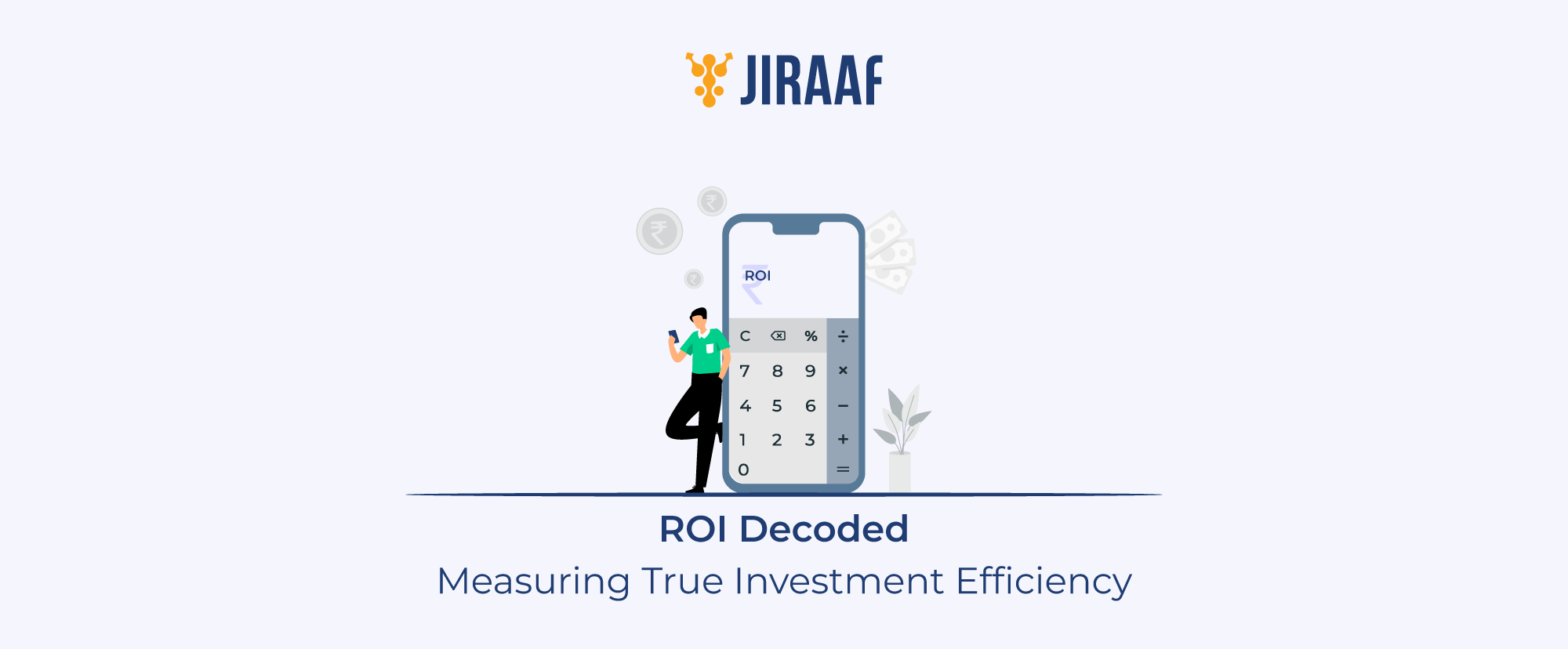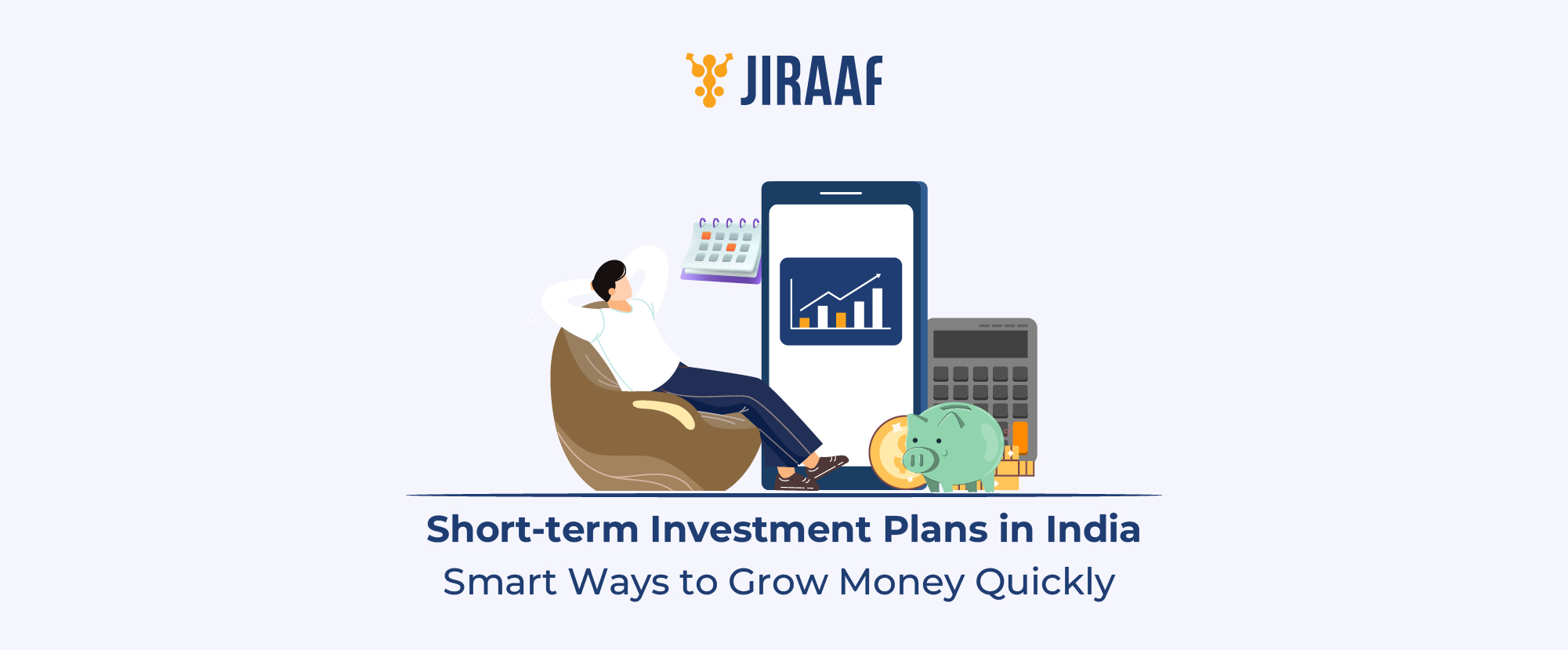In an era where technology, data, and algorithms dominate every aspect of finance, quantitative investing has emerged as a sophisticated strategy reshaping how portfolios are managed.
Moving beyond intuition or qualitative judgment, this approach relies on mathematical models, historical data, and algorithmic execution to drive investment decisions.
This blog provides a detailed understanding of what quantitative investing means, how it works, and its strategies, tools, and relevance in Indian financial markets.
Quantitative Investment
Quantitative investing refers to the use of statistical and mathematical models to identify investment opportunities. Unlike traditional investing, which often involves subjective analysis of a company’s fundamentals or macroeconomic outlook, quantitative investing relies on measurable, empirical data.
Definition and Origin
A quantitative investment strategy typically involves:
- Analyzing historical data
- Identifying patterns or inefficiencies
- Creating algorithmic models to exploit them
- Executing trades with minimal human interference
The roots of quant investing trace back to hedge funds like Renaissance Technologies and D.E. Shaw, where physicists and mathematicians designed market-beating strategies using statistical analysis.
How Quantitative Investment Works
Quantitative investing involves data ingestion, signal generation, backtesting, and trade execution—all performed algorithmically. Here’s how the process flows:
1. Data Collection
Quant strategies rely on vast datasets including:
- Stock prices
- Economic indicators
- Corporate earnings
- News feeds
- Social sentiment signals
2. Signal Generation
Models analyze these datasets to identify buy/sell signals. For example:
- A moving average crossover may trigger a buy signal.
- Earnings revision trends can flag stocks with upside potential.
3. Backtesting
Before deployment, investors test strategies based on historical data to evaluate performance, risk, and drawdown scenarios.
4. Portfolio Construction
Algorithms allocate capital optimally using risk-adjusted returns, correlation matrices, and optimization techniques like the Markowitz Efficient Frontier.
5. Execution
Automated, rule-based systems execute trades via APIs using automated, rule-based systems, often split into small orders to minimize market impact.
Key Strategies in Quantitative Investing
Quantitative strategies are diverse. Some of the most popular include:
1. Factor Investing
Focuses on characteristics that statistically drive returns, such as:
- Value: Low price-to-earnings or price-to-book ratios
- Momentum: Stocks with recent positive price trends
- Quality: High return on equity, stable earnings
- Low Volatility: Less price fluctuation
2. Statistical Arbitrage
Involves exploiting price inefficiencies between correlated securities. Example: Pair trading—going long on one stock and short on another.
3. Mean Reversion
Assumes that asset prices revert to their historical averages. The model identifies outliers and positions accordingly.
4. Machine Learning Models
Use algorithms to identify hidden patterns. Techniques include:
- Decision trees
- Neural networks
- Reinforcement learning
5. Event-Driven Models
Trade based on events like earnings announcements, mergers, or macroeconomic releases.
Tools and Technologies Used in Quantitative Investing
Quant investing requires advanced technological infrastructure. Common tools include:
1. Programming Languages
- Python: Popular for its data science libraries like Pandas, NumPy, Scikit-learn
- R: Strong for statistical analysis
- C++/Java: Used for high-frequency trading systems
2. Data Platforms
- Bloomberg Terminal
- Refinitiv
- Quandl
- Yahoo Finance API
3. Backtesting Engines
- QuantConnect
- Zipline
- Backtrader
4. Cloud & Infrastructure
- AWS, Azure provide scalable computing
- Real-time data ingestion pipelines enable low-latency decisions
5. Visualization & Reporting
Dashboards (using Power BI or Tableau) are used to monitor strategy performance in real time.
Benefits of Quantitative Investment Over Traditional Investing
Quantitative strategies provide several advantages:
1. Objectivity
Models remove emotional biases like fear or greed, leading to disciplined decision-making.
2. Scalability
A single model can scan and manage thousands of securities simultaneously.
3. Backtestability
Every model can be tested on decades of historical data to validate assumptions.
4. Risk Management
Quant portfolios use real-time data to monitor drawdowns, volatility, and correlation.
5. Speed
Algorithms execute trades within milliseconds—faster than any human trader.
Risks and Limitations of Quantitative Investing
Despite its benefits, quant investing carries certain risks:
1. Model Risk
Poorly designed models may overfit data and fail in live markets.
2. Over-Optimization
Backtests may yield unrealistic performance if data is overfitted.
3. Black Swan Events
Unpredictable events like COVID-19 can invalidate statistical assumptions.
4. Data Issues
Garbage in, garbage out. Poor data quality leads to flawed insights.
5. Crowded Trades
If many funds use the same models, strategies may become unprofitable.
Quantitative Investment in the Indian Market
Quant investing is gaining traction in India with increased participation from:
- Mutual fund houses (e.g., DSP Quant Fund, Nippon India Quant Fund)
- Portfolio Management Services (PMS) strategies
- Algorithmic trading desks in brokerages
SEBI Regulations
SEBI mandates transparency in model-driven funds. Quant mutual funds must:
- Clearly disclose model parameters
- Avoid frequent model changes
- Maintain consistent strategy alignment
Retail Access
Though still evolving, platforms like smallcase, Zerodha Streak, and Sensibull enable Indian retail investors to access simplified quantitative strategies.
Conclusion
Quantitative investing is not just a buzzword—it’s a sophisticated approach that blends finance, statistics, and computer science to make better investment decisions. With the rise of big data and AI, the quant revolution is making portfolio management more efficient, consistent, and scalable.
For Indian investors, this presents a powerful opportunity. As quant funds and algorithmic platforms expand, both institutional and retail investors can explore data-driven strategies that go beyond emotions and speculation.
While it’s not risk-free, with the right models, tools, and understanding, quantitative investing can form the cornerstone of a modern, diversified, and disciplined investment portfolio.









